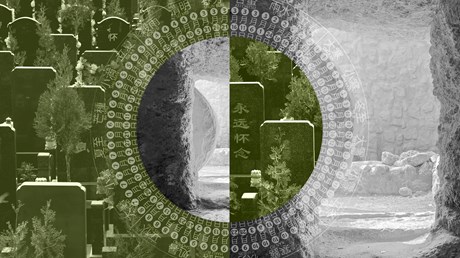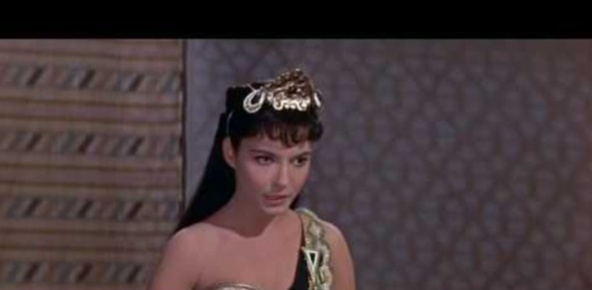The Jesuits reformed the Western calendar. Then they attempted to do the same in China.

Ask most Christians the date of the next Easter and they’re likely to Google it. Though highly associated with springtime—at least for those in the Northern Hemisphere—the date for Christianity’s most important holiday changes from year to year.
Chinese people can empathize with an unpredictable spring holiday date. Often landing within a few days or even on the same day as Easter, qing ming jie(清明节), or the Qingming Festival, invites families to remember their deceased parents and ancestors through a series of rituals and activities. The celebration became an official national holiday in mainland China in 2008, partially resulting from the government’s desire to promote traditional Chinese culture.
This year, Qingming falls on April 5 and Easter on April 9. The regular proximity of the two holidays has led even secular commentators, like an op-ed writer for the Chinese-government-owned website CGTN, to look for parallels between them.
“Both a spring festival contemplating the reverent themes of life and death, Qingming Festival focuses on remembrance, while Easter celebrates rebirth,” said the writer.
While one holiday has strong theological significance and the other mostly secular, the calendars for both traditions share a common origin. An order known for astronomy and mathematics, the Jesuits drove the reforms in both the Western world and China that dictate how we plan our days, months, and holidays.
Easter’s celestial date formula
Determining the date of Easter necessitates a combination of solar, lunar, and religious calendars.
For years after Jesus’ resurrection, the early church debated which day Christians should celebrate the resurrection of Christ, or “the ...
from Christianity Today Magazine
Umn ministry




.gif)

.gif)
.gif)
